To achieve that Pinteresque vibe in your home, you have probably got or are considering getting a woven piece of furniture or decor item. Woven home goods are the moment and probably have been right on trend for the past few years. The earthy materials of the trend have endured decades of rising and falling interest to become a timeless home staple. However, it is a common mistake to refer to all home goods made of these materials as “rattan”. So, I decided to write this to help you tell the difference between the materials of the beloved interior trend.
RATTAN
Let’s start from the top, shall we? Rattan is usually used to refer to most woven interior pieces. Which is probably because it is one of the most popular materials used . Rattan which is also referred to as cane refers to hundreds of plants belonging to the climbing plant subfamily called Calamoideae. It has been used for centuries to craft products ranging from boats to stools. It can be woven in simple lines and intricate webs. Rattan is one of my favourite materials. Growing up with a lot of rattan furniture grew a love for the resilient material. Last moth, I restored the rattan stools you saw first in this post. I grew up with these and they are at least 20 years old. See below for other rattan species woven in different styles.
WICKER
This is probably what you mean what you say rattan. Wicker is a set of weaving techniques used on climbing/pliable plants. Wicker furniture and home decor can be made from rattan as well as other kinds of plant and synthetic materials. All the pieces above can be referred to as wicker.
JUTE
Pieces made from jute are also commonly referred to as being “rattan”. It is one of the beloved materials of the woven home goods trend. Jute is a plant based fibre that can be used to weave durable rope or fabric such as burlap. Jute is often used in making curtains, rugs, upholstery and wall coverings. It is a versatile fibre and remains one of the softest natural fibers.
RAFFIA
Raffia comes from the raffia palm and it is another widely used natural fiber. Its affordability makes it a popular fibre used to bake mats, rugs, baskets and other home accessories. It can be dyed to weave colorful patterns.
SISAL, HEMP AND COIR
These are lesser known natural fibers. They are often mistaken as being the same as jute. They are often used for making floor coverings. Sisal is tougher and more durable that jute. Being tougher means it’s not as soft or plush.
Coir is made from coconut husks, therefore it has a more fibrous look. It’s a popular doormat material and is used in making rugs where there’s high foot traffic. It’s not very comfortable to sit on as well so have that in mind before you purchase.
Hemp is another natural fiber that is a great pick for natural fiber rug pock. It’s not as fibrous as coir, it is stain resistant and also durable and great for layering rugs. Note that hemp is also not the most comfortable fiber and is prone to shedding.
This is a non-exhaustive list as there are other natural fibres used for rugs such as sea grass and Abacá exist.
BAMBOO
Yes! Bamboo. Apart from great home goods made with solid bamboo. Bamboo is split in to thin strips for the purpose of weaving. It lends itself to a similar yet distinct look. As a result, it can be used to weave baskets, screens, lighting, and other pieces of furniture. So if you like the woven look and you’re over rattan. Maybe woven bamboo is for you.
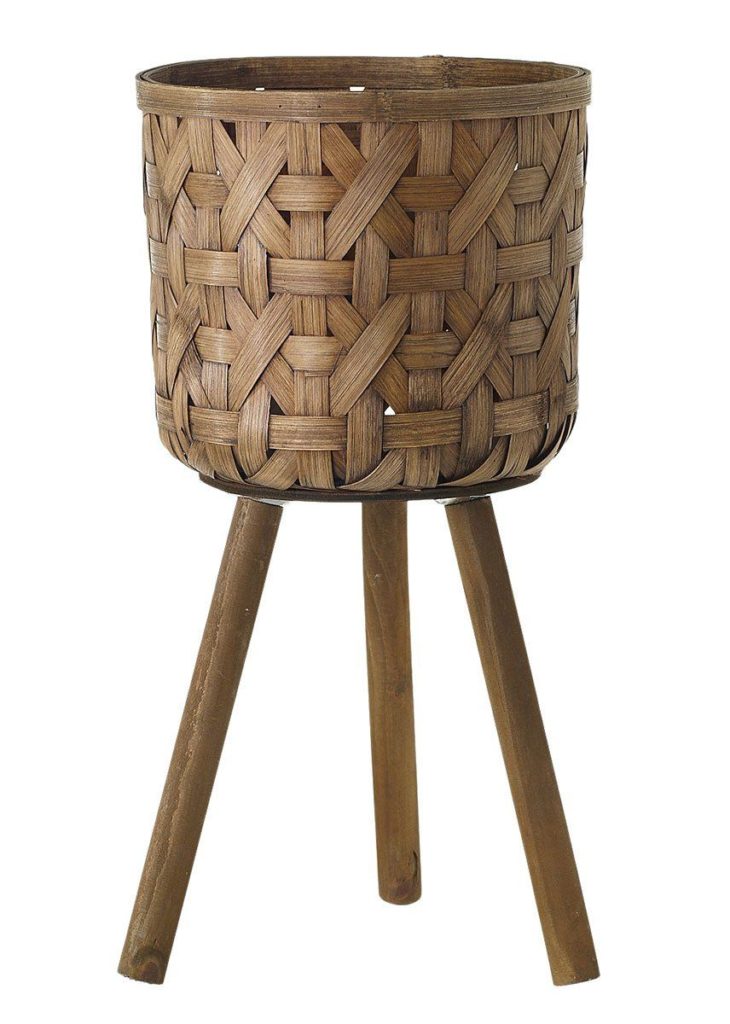
Woven home goods are an essential part of the Bohemian design style which is characterised by natural materials, greenery, texture and pattern. However, woven home goods can be used in most design styles from mid-century modern to Scandinavian. It is all about picking the right item in the right style. Smaller and simpler items will pair well in a more minimalist scheme and larger and more intricate designs will be better suited for a more expressive design. This is not a hard and fast rule as you can play with form however you like.
You can incorporate woven home goods in your space with a basket, a chair, or even wall paneling. They pair well with many other materials that range from wood to leather. My advice is to start small with a pot or a tray if you’re unsure about how you feel about the trend or just beginning to incorporate it into your space.
Have you bought or considered buying any woven home objects for your space? Where do you buy them?
I would love to know in the comments section.
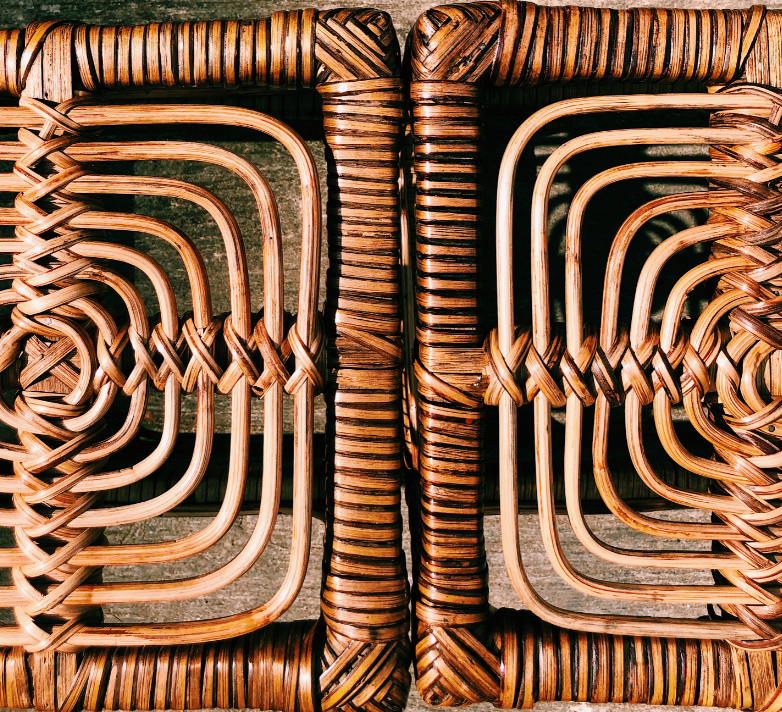
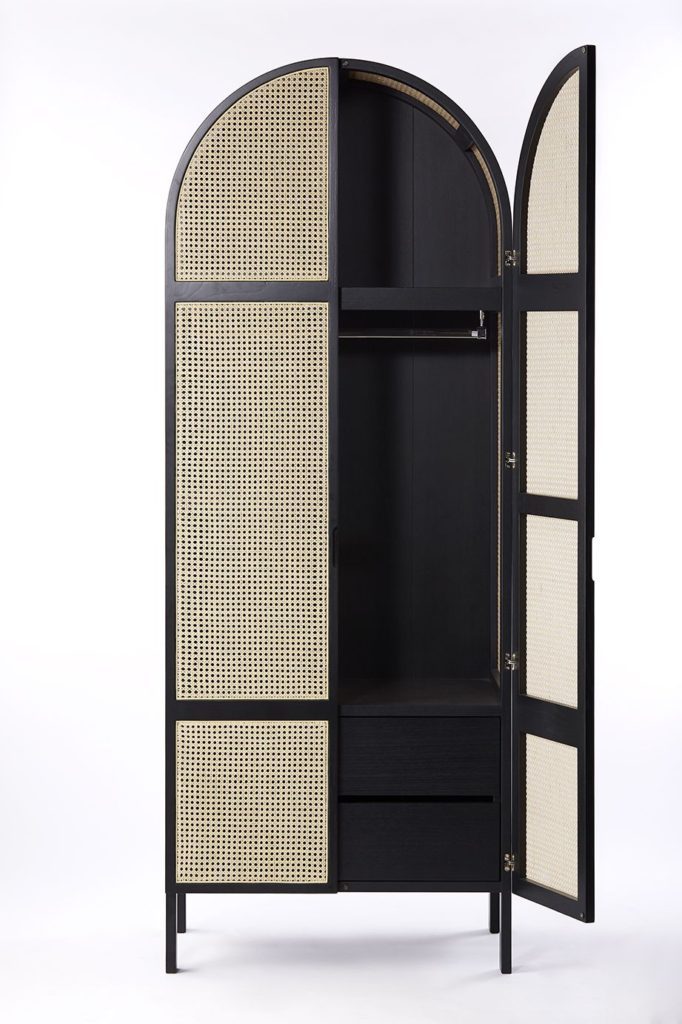
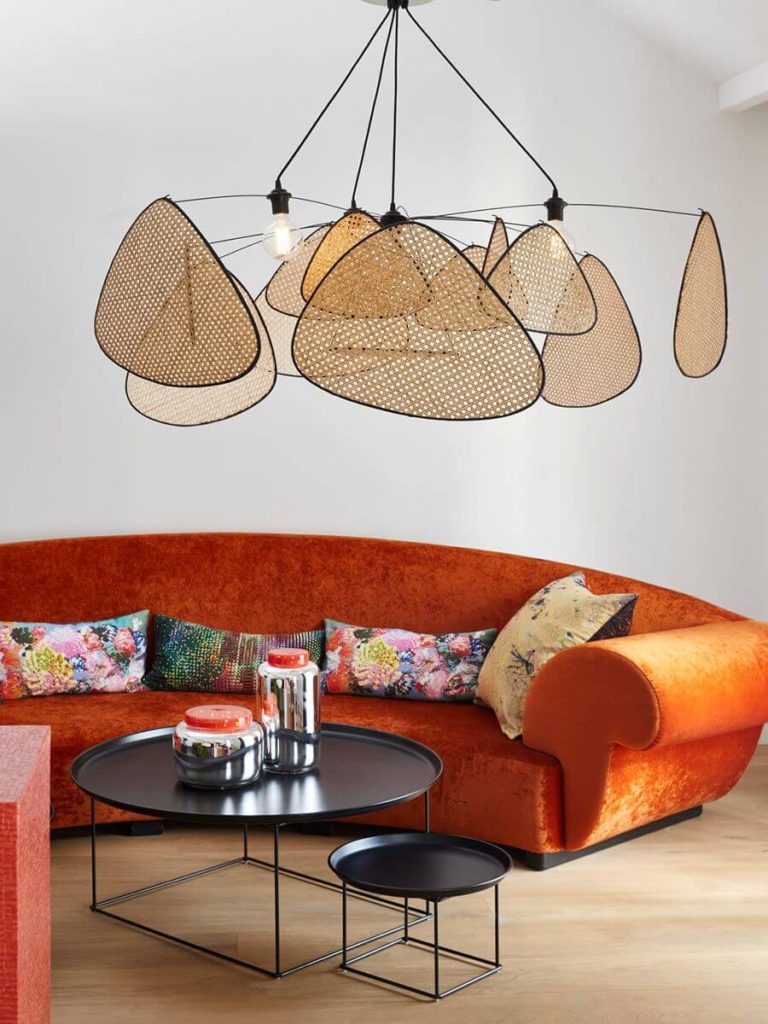
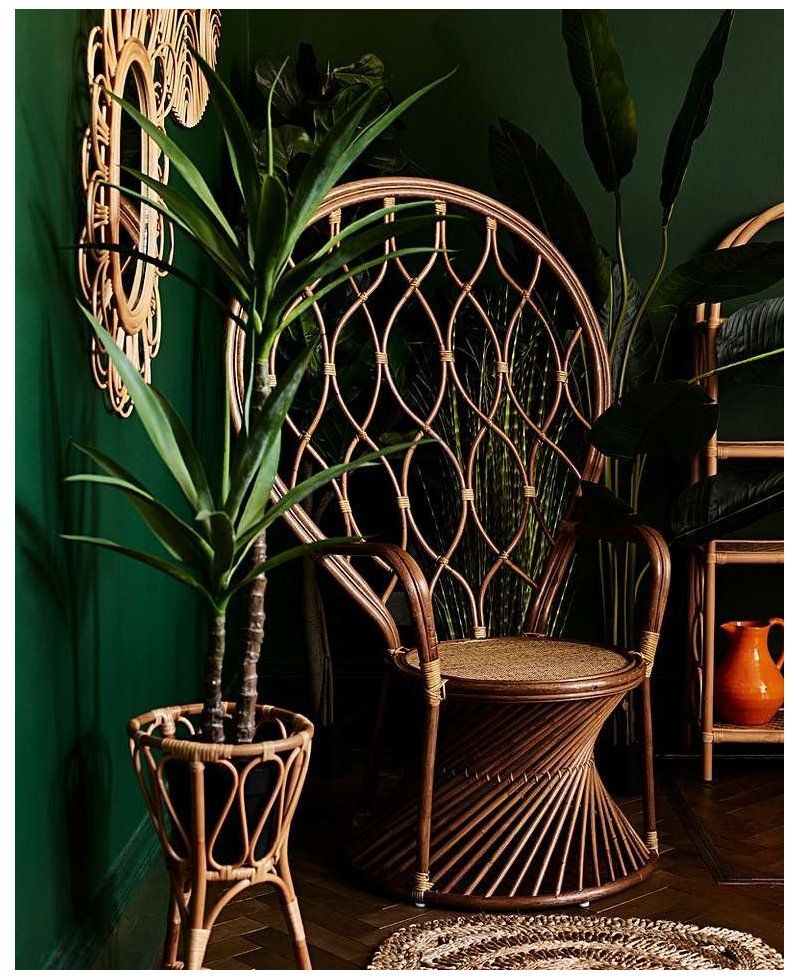
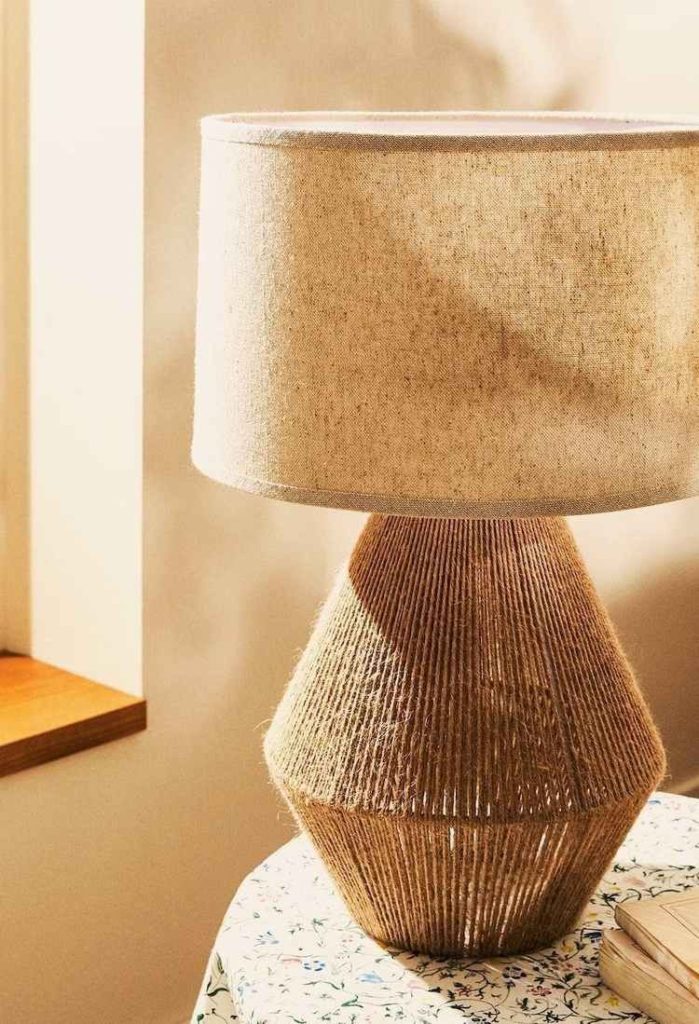
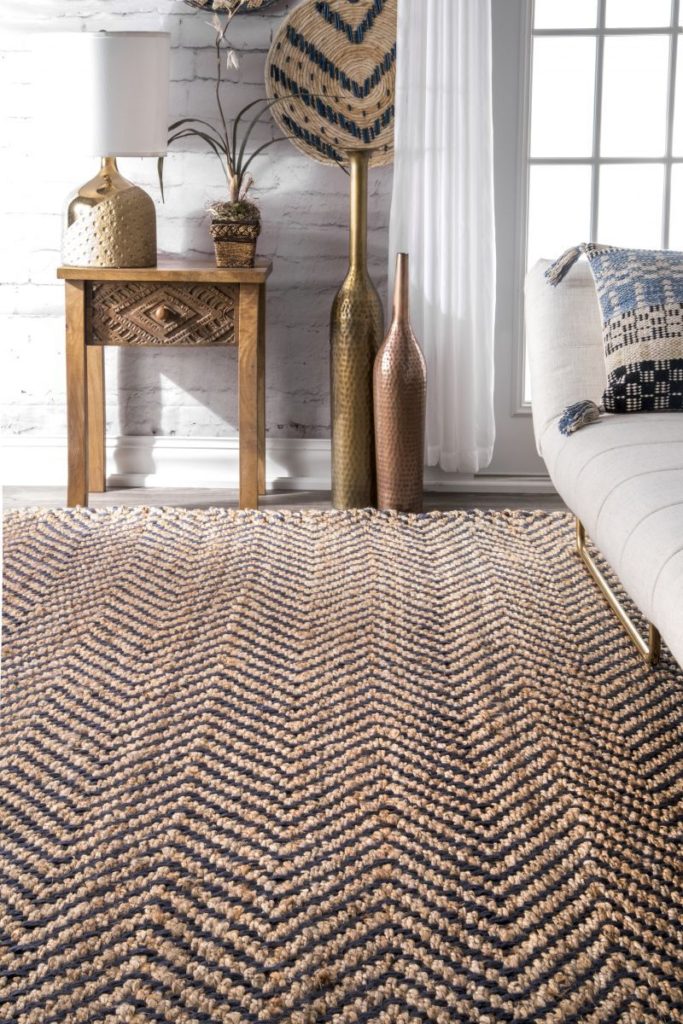

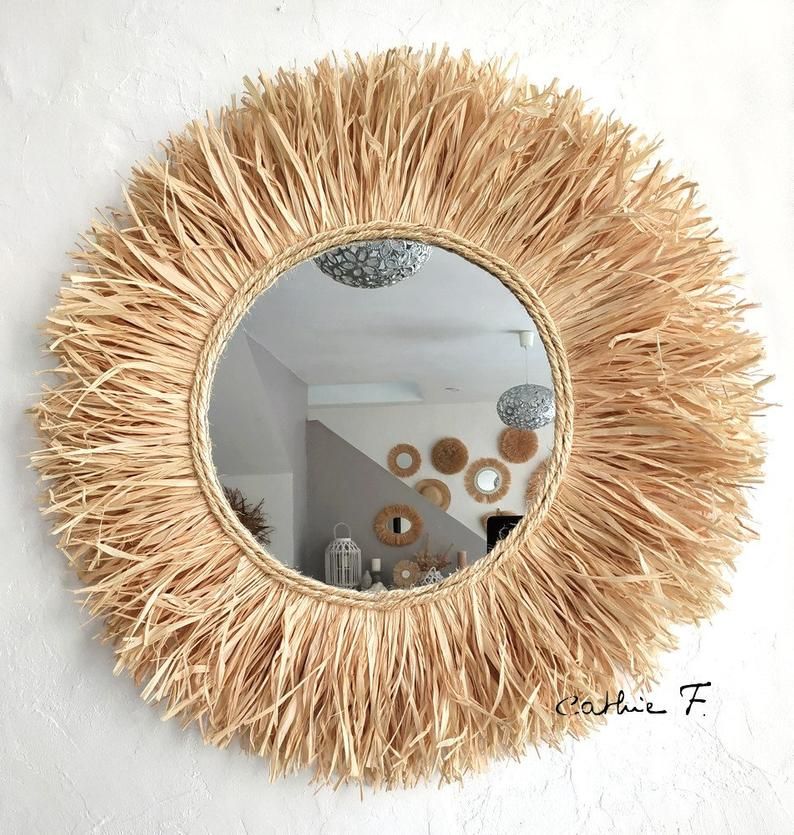

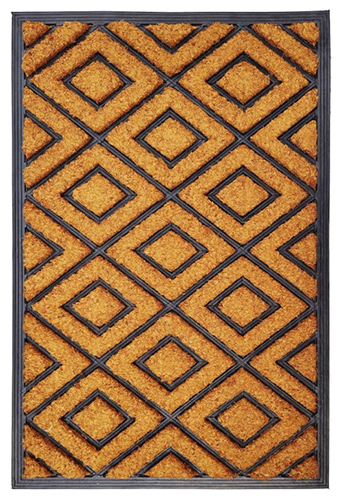
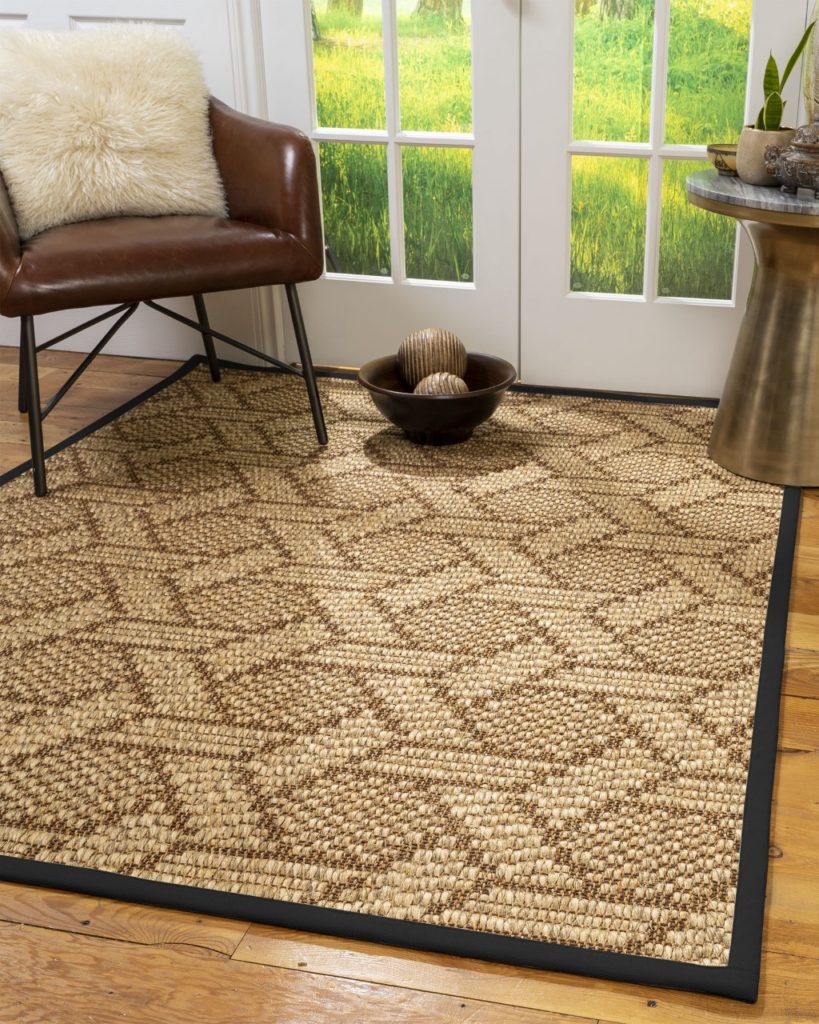
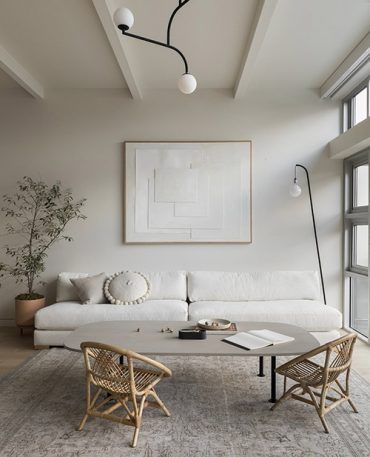
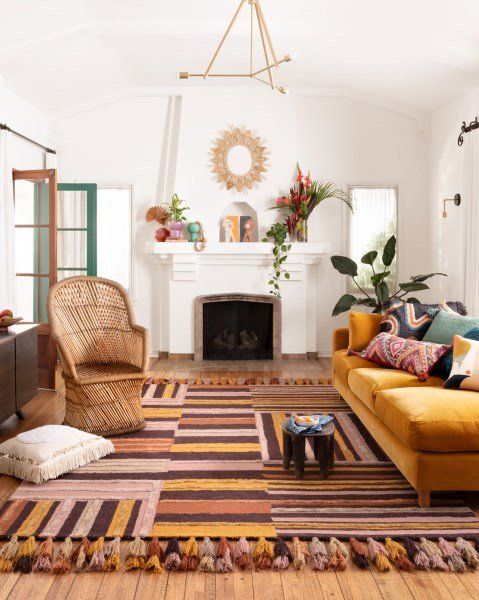

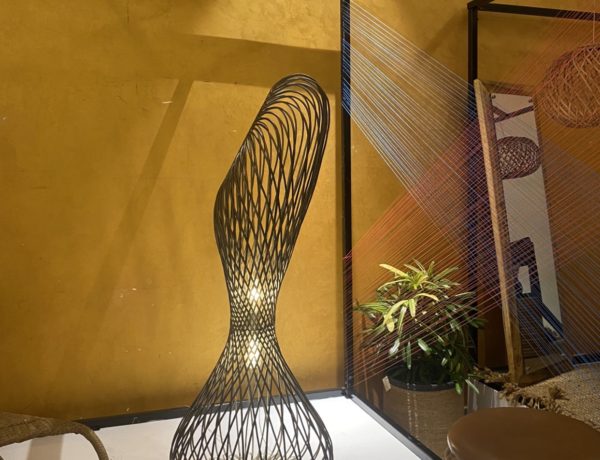


No Comments